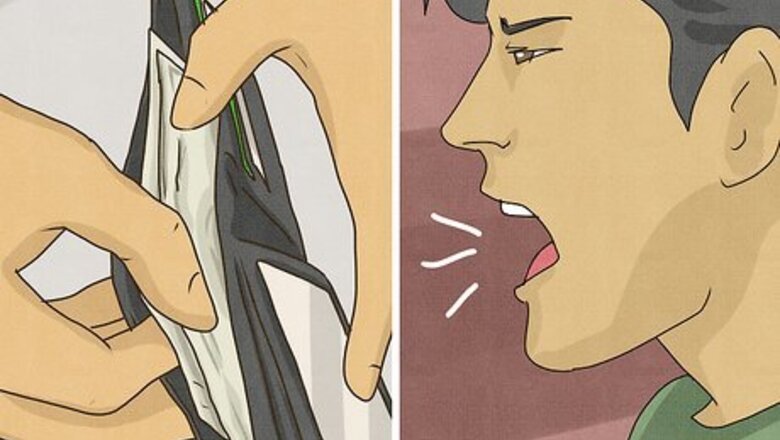
views
What are the signs of an emotionally abusive relationship?
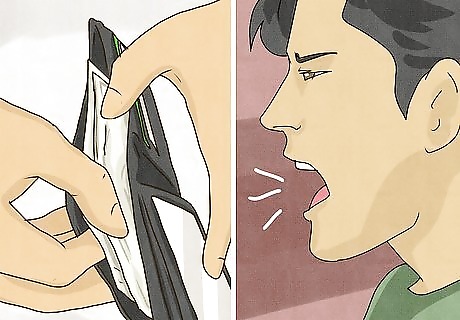
Verbal, psychological, financial, and social abuse are some common signs. Emotional abuse isn’t always as obvious as other types of abuse, but it still leaves an undeniable mark on your life. Here are a few common red flags of an emotionally abusive partner: Isolation: They keep you from spending time with your friends and loved ones, and prevent you from following your usual routine. Gaslighting: They make you question your sense of reality. Verbal abuse and put-downs: They shout at, belittle, and berate you. Financial abuse: They take your money and/or limit your access to your bank account. Fear-mongering: They make threats to hurt you or themselves. Social abuse: They try to sabotage your relationships and keep tabs on everything that you do.
Making a Safe Escape Plan
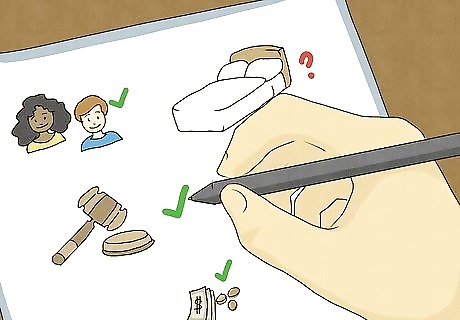
Create a safety plan while you still live with your abuser. Even if emotionally abusive relationships aren’t physically violent, they can still be very dangerous—your partner might intimidate you, threaten to hurt you, or prevent you from accessing your money. If you find yourself feeling unsafe, a pre-made safety plan can offer some comfort and stability. You might: Move to a safe corner of the home where you can easily escape if the situation escalates Come up with an excuse to leave the home (like going grocery shopping) Let your friends and family know about the emotional abuse Plan to take legal action against your abuser Save money to reach financial independence

Ask your friends and family for help. Set up a meeting with a trusted friend or relative when your abuser isn’t around. Let them know about your situation, and ask if they’d be willing to help you break away from the relationship. You might say: “Jamie has verbally and financially abused me for months now, and I don’t feel safe around him anymore. I want to break things off, but I’m afraid. Would you mind helping me out?” “I don’t want to be with Andrew anymore, but he owns the house and I have no place to go if I leave. Could I crash on your couch for a couple of nights until I can find a more permanent place to stay?”
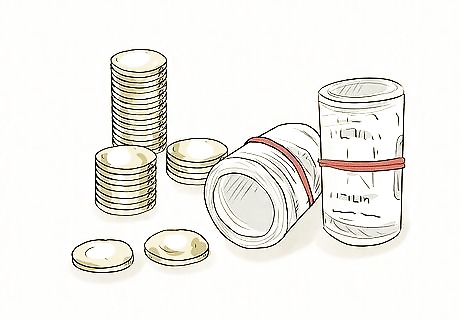
Set aside money that your abuser can’t access. Many emotional abusers control their victims by blocking their access to their money. Slowly start setting aside money in small amounts, so your partner doesn’t catch on to what you’re doing. For extra security, ask a trusted friend or loved one to hold onto your money so your abuser can’t get their hands on it. A separate bank account is the safest place for your money, but setting one up may not be an option while you’re still living with your emotional (and financial) abuser. That’s okay—just focus on setting aside whatever money you can, and then set up a bank account once you’re out of the relationship.
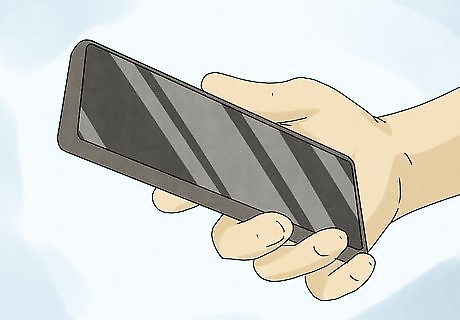
Get a second cell phone and access the web from a safe location. Buy a new, prepaid “burner” phone that your abuser doesn’t know the number to. Only give this new phone number out to trusted friends and relatives, so you can stay in touch during and after your escape. While you’re at it, ditch the desktop computer or laptop at your home and use a public computer. That way, your abuser won’t be able to keep tabs on your search history. Some domestic violence shelters offer prepaid phones for free. If you can do it safely, start changing your usernames and passwords so your abuser can’t access your accounts. You might have to wait until you’re no longer living with your abuser to do this, though.
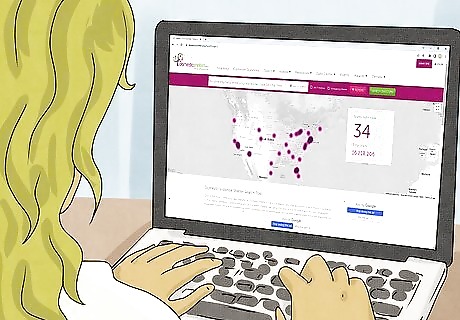
Find a safe place to live after you leave. Ask a friend or loved one if you can stay with them temporarily while you find a new place to stay. If you don’t feel comfortable reaching out to someone you know, that’s okay—you can always stay at a domestic violence shelter for free. A domestic violence shelter is a safe place where you can temporarily stay after escaping an abusive relationship. The addresses of domestic violence shelters aren’t posted online, so your abuser won’t be able to find you easily. A shelter is a great, safe option to consider if you’re escaping with your children. Your local shelter likely knows about other helpful resources for abuse victims, so don’t be afraid to get in touch (even before you leave). You can find local domestic violence shelters here: https://www.domesticshelters.org/
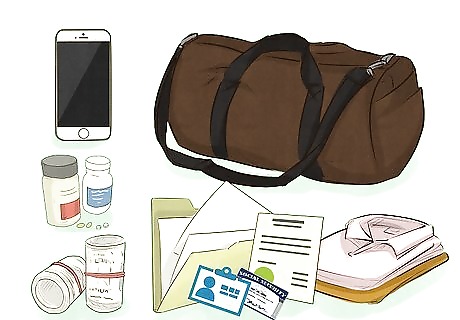
Pack up your essentials so you can leave quickly. Stick the bare essentials in a duffel bag, backpack, or other bag that’s easy to grab and carry at a moment’s notice. Stash only the necessities in your bag, like: Your important papers and ID card Extra sets of clothes Extra money Medication Make sure you hide this bag in a place where your partner won’t find it easily. To be extra safe, keep it at a friend or relative’s home.

Figure out the logistics of your escape so you can head out quickly. Even if you aren’t in any immediate physical danger, an escape plan can offer some valuable peace of mind in the days and weeks leading up to your departure. Memorize a list of emergency contact numbers that you can call if the situation gets out of control. If you have your own car, be sure to keep it totally fueled up and ready to go. When your partner isn’t home, practice getting into your car and driving away as quickly as possible. If you plan to escape on foot, plan the route you’ll take out and away from your home.

Make your escape as quickly as possible. Leave your home as quickly as possible, so your abuser doesn’t have as much time to stop or get in the way of your escape. Review the escape plan that you made earlier, especially if you’re escaping with your children. That way, everyone will be on the same page.
Protecting Yourself After You Leave

Switch up your daily routine. Try heading to work at a different time, or shopping at a different grocery store for food. Small adjustments can make a big difference overall, and may make it really hard for your abuser to track you down. You could: Head out for work at 7:30 AM instead of 8:00 AM Take a different route home Park further away from your workplace
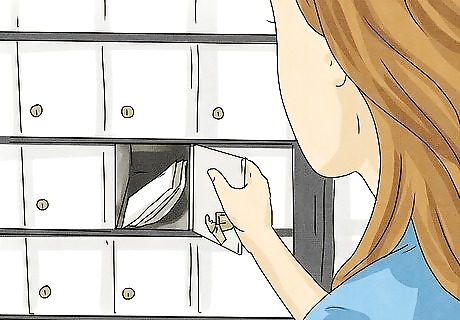
Set up a P.O. box for yourself. Visit your local post office and register a P.O. box in your name. Even if your abuser manages to find your P.O. box number, they won’t be able to be able to find your exact address. USPS charges a monthly fee for P.O. boxes, depending on the size. You can get an extra-small P.O. box for about $5 a month, a small box for around $6, a medium box for about $10, and a large box for around $14.
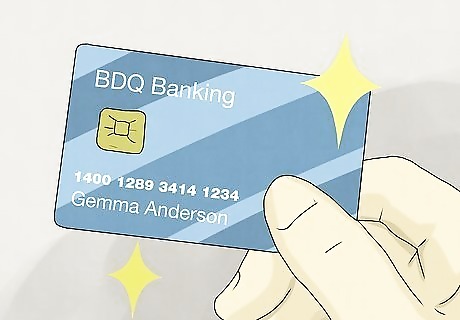
Create a new bank account so you have financial independence. Set up a bank account solely in your name, so your partner can’t access any of the money inside. Deposit all of the savings you’ve set aside into this account, so you have a small nest egg to rely on.

Let your employer know about your situation. Explain that you’ve recently left your abusive partner, and that you’re worried they’ll show up and create a scene at work. Your boss or supervisor might offer some solutions to make your life a little easier, like: Banning your ex-partner from entering the workplace Switching your office or work location Letting you work remotely
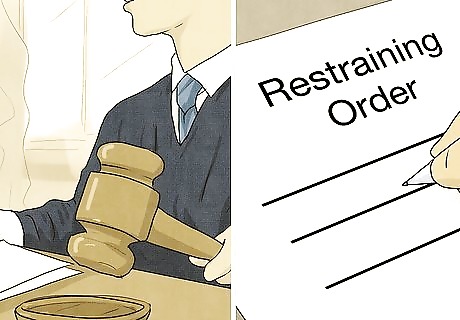
Take legal action if your abuser won’t leave you alone. Emotional abuse isn’t always easy to prosecute—it really depends on where you live and what your partner has done. In some places, you can ask to file a restraining order against an ex-partner for “coercive control,” which falls under the emotional abuse umbrella. Of course, you can always file a restraining order if your abuser is stalking you and invading your privacy.
Tips for Healing and Recovery

Visit a therapist. Recovering from emotional abuse is a journey—but it’s not one that you have to take alone. A licensed therapist can help you learn, grow, and heal from your relationship so you can put your best and healthiest foot forward.

Join a support group. Support groups are a great way to find solace and solidarity as you recover and heal from your past relationship. Check with your local domestic violence shelter to see what types of support groups are in your area, or visit a social site like Meetup to see what your options are.

Lean on your friends and family for support as you heal. Spending time with your loved ones helps you reclaim your identity in a safe, supportive environment. Although the healing process isn’t always easy, your friends and family can be a constant reminder that you aren’t alone.
Helping Someone Leave an Emotionally Abusive Relationship

Offer a listening ear and give them a safe space to open up. Emotional abuse isn’t always as obvious as other types of abuse—because of this, it can be nerve-wracking to open up about it to other people. Let the person know that you believe them and that you’re there to listen and support them as much as possible. You might say: “I can’t begin to imagine what you’re going through, but I want you to know that I’m here. Please feel free to vent and share how you’re feeling. I’m always willing to listen!”

Speak directly, truthfully, and empathetically about any abuse you notice. Abuse is definitely a tricky topic to bring up in conversation—but by not acknowledging the situation, you’re actually enabling the victim’s silence and complacency. Try to bring up the abuse in a subtle and empathetic way, like: “It must be really frustrating when your partner doesn’t let you go out and spend time with your friends.” “I was really sad to hear all of the mean comments Alan was making about you yesterday. He seems to say things like that pretty frequently.”
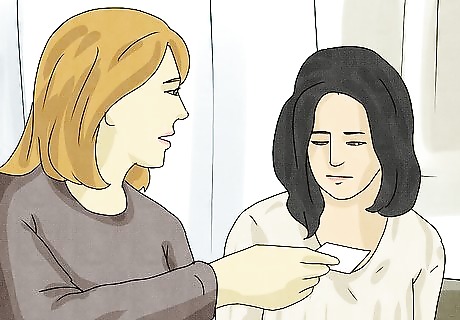
Help connect them with a supportive organization if they’re comfortable. Offer to look up some abuse and domestic violence resources that the victim can take advantage of as leave their abuser. You might: Put them in touch with a domestic violence shelter Connect them with a local support group Provide them with hotlines to call

Allow them to make the decision to leave on their own. The more you pressure the victim to call it quits and leave their abuser, the more likely the victim is to double down and stay in the toxic relationship. Instead, keep offering unconditional love and support, and remind them that they aren’t alone during this difficult time.




















Comments
0 comment